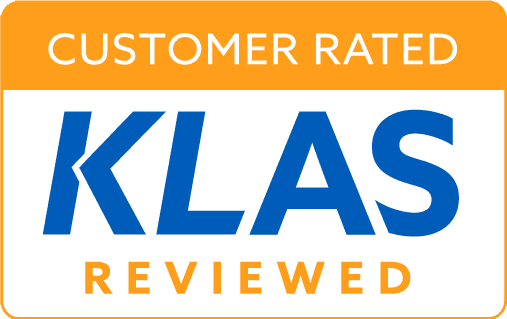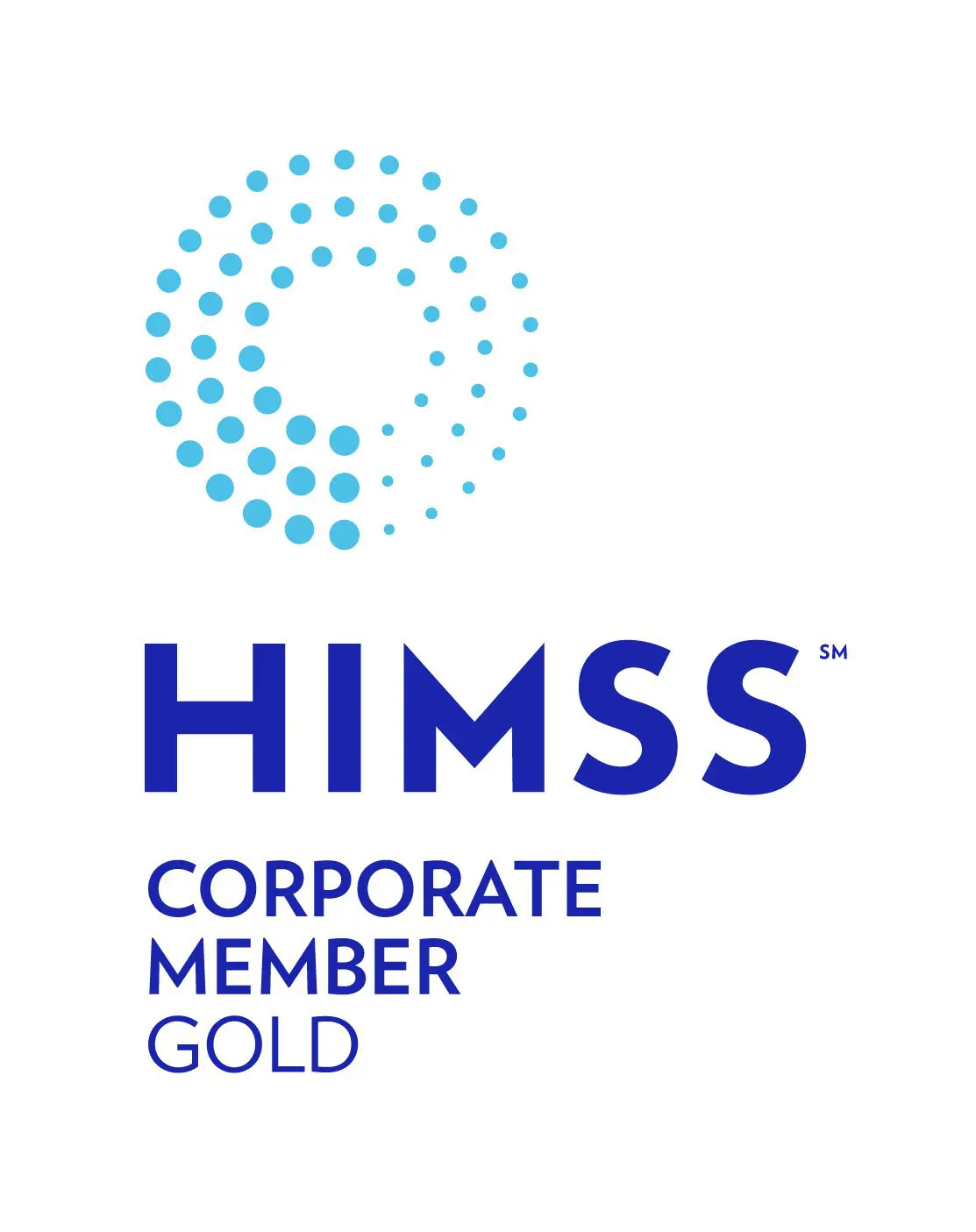
The $27.3 billion U.S. Occupational Therapy (OT) market continues to grow steadily, with approximately 230,000 occupational therapy practitioners, assistants and students within more than 40,000 clinical and home care settings nationwide. The need for occupational therapists is expected to grow 17 percent through 2030, which is faster than the average of all occupations.
When COVID-19 caused an emergency shift to new ways of conducting medical appointments, OT joined a list of approved medical visits that became acceptable for telehealth practices. A new rule that expands the Home Health Value-Based Purchasing Model (HHVBP) would permanently change the home health conditions that were implemented during the COVID-19 Public Health Emergency (PHE). However, regardless of whether the therapy visit takes place online, at home, or onsite — medical record retention and archiving requirements for occupational therapy remain the same and must be complete.
Record retention requirements for occupational therapy visits vary by state, but generally are five years, with the exception of pediatric records that must be retained until 7 years after the age of majority (usually 18, but varies state by state). Some states and individual facilities may have more stringent standards for medical record retention. The HIPAA privacy regulations require that all medical records, signed consent forms, authorization forms, and other HIPAA-related documentation be retained for a period of 6 years. The Centers for Medicare & Medicaid Services (CMS) requires patient records for Medicare beneficiaries to be retained for a period of five years (see 42CFR482.24 (b)). However, Medicaid requirements also vary by state.
As occupational therapists support patients with individualized goals and evaluations to improve the person’s ability to perform daily activities, their documented occupational therapy electronic health record (EHR) is an essential piece of the overall health portfolio for the patient.
It follows, then, that as occupational medicine-specific EHRs such as WebPT, Therapy Rehab Plus, ClinicSource Therapy Practice Management, AC’s Clinic Controller and other HIS specialty-specific systems are upgraded or replaced, maintaining access to the therapy health and accounts receivable information remains a retention requirement and best practice. That’s where it makes sense to include an active archive in an occupational therapy ER and data management plan.
Rated #1 by Black Book for Data Extraction, Migration and Archival for three years running (2019-2021), Harmony Healthcare IT is committed to quality, providing occupational therapy facilities with secure, compliant access to historical patient and billing records.
Is your occupational therapy facility replacing an older occ therapy EHR? Do you need options for what to do with the legacy patient and billing records? Let’s connect.
This blog was updated from the original blog posted on June 18, 2020.






